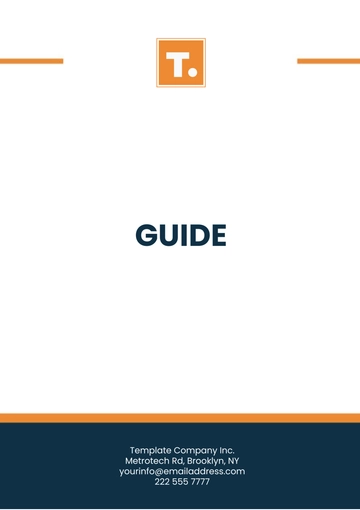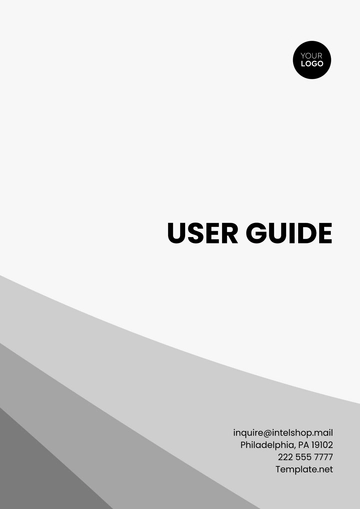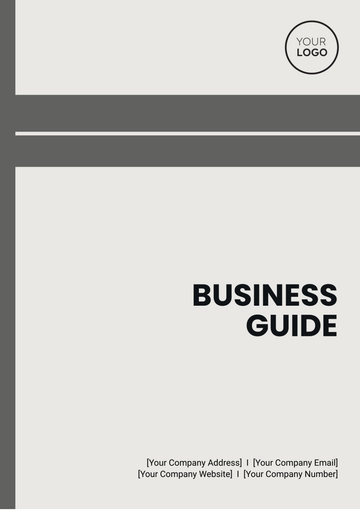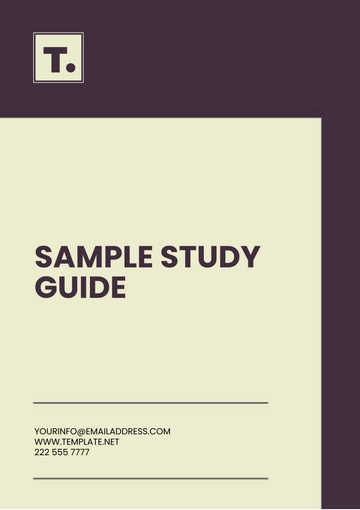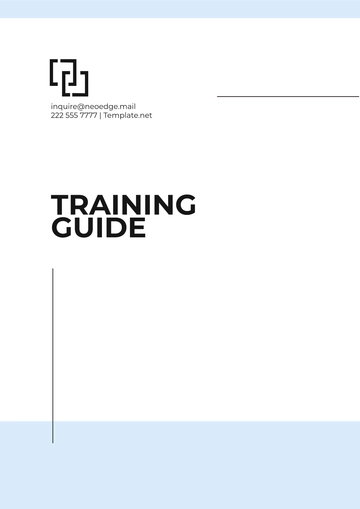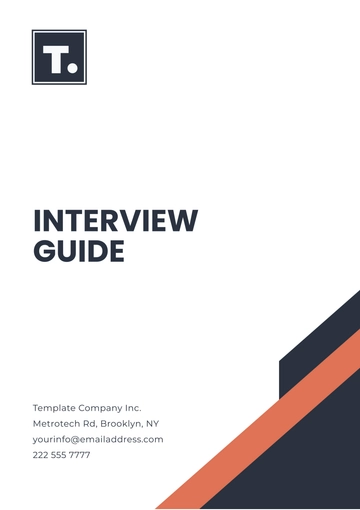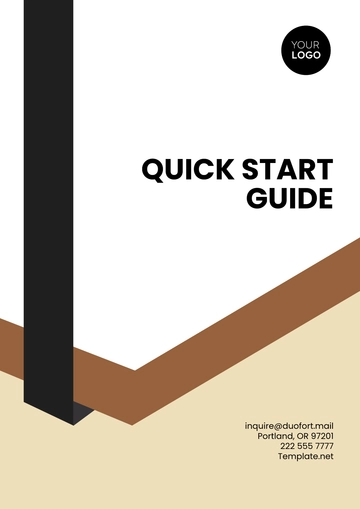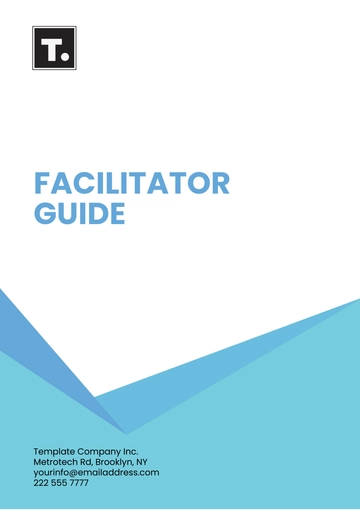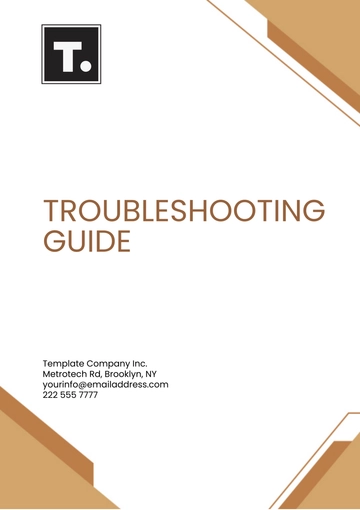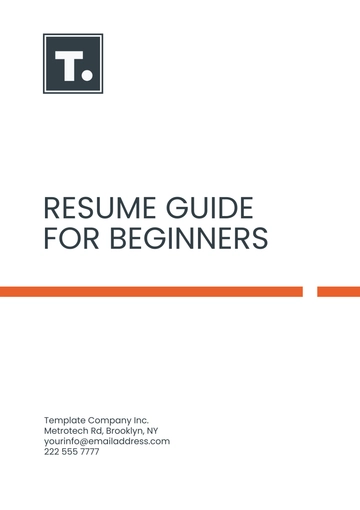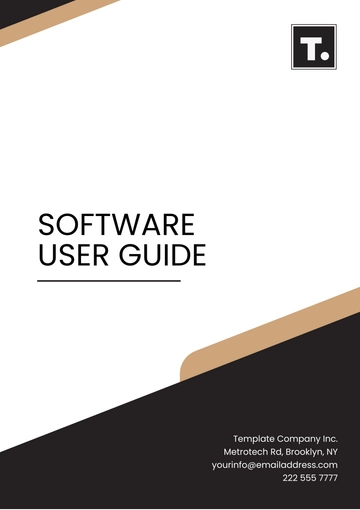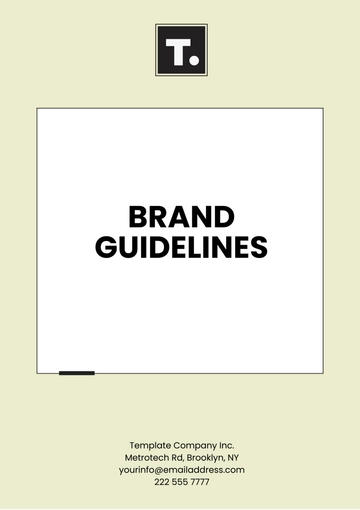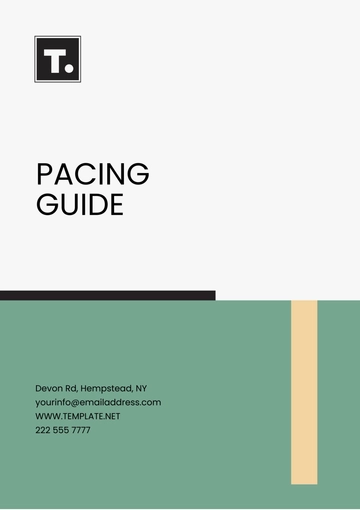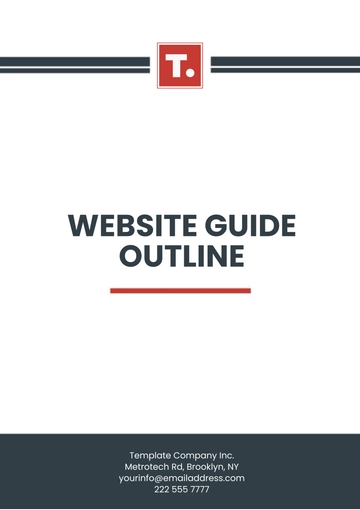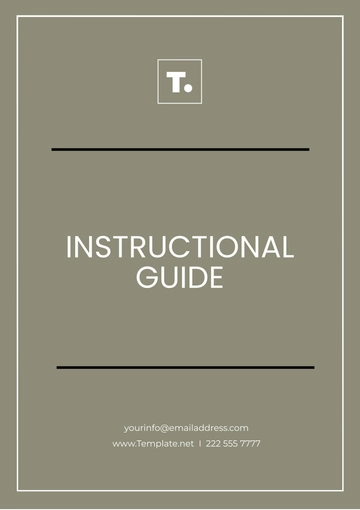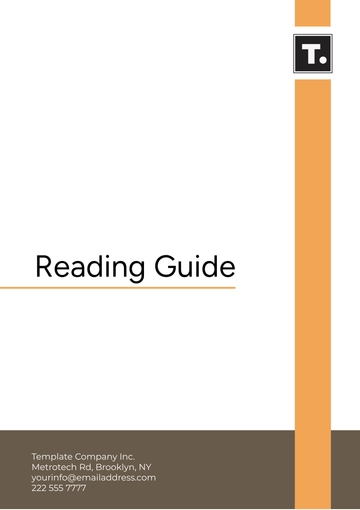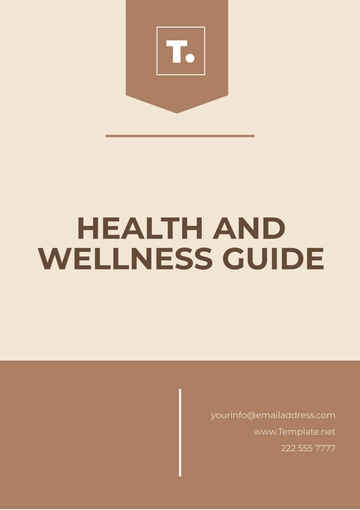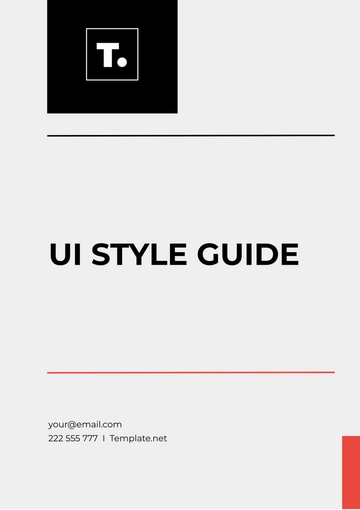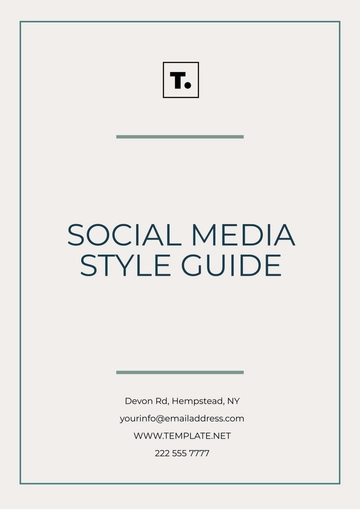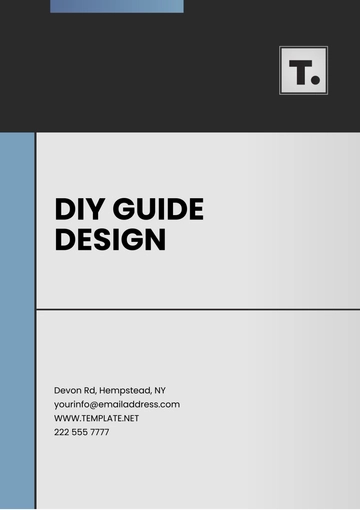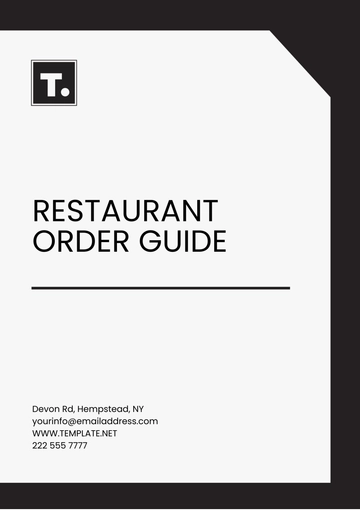Free Dog Grooming Aftercare Guide

I. Introduction
Caring for your dog after grooming is crucial to ensuring their comfort, health, and well-being. At [Your Company Name], we believe that grooming is not just about appearance; it's about your dog’s overall health and happiness. Proper aftercare helps prolong the effects of grooming, keeping your dog’s coat shiny, their skin healthy, and their mood uplifted. Following grooming, your dog may feel a little different due to the change in their coat or the products used, so it’s essential to provide comfort, monitor them for any signs of discomfort, and ensure they are relaxed in their environment.
This aftercare guide will walk you through everything you need to know to make the post-grooming period as smooth as possible. From managing your dog’s behavior after a haircut to handling sensitive skin, our guide offers expert advice on maintaining your dog’s cleanliness and addressing potential issues such as skin irritations, tangles, or infections. At [Your Company Name], we are dedicated to helping pet parents like you give their dogs the best possible care. With the right post-grooming routine, you’ll keep your furry friend looking great and feeling even better between grooming appointments.
II. Immediate Aftercare Steps
After your dog's grooming session, it's important to ensure they are comfortable and that no issues have arisen during the process. Taking immediate steps to inspect your dog’s skin, coat, and overall behavior will help prevent any potential problems from worsening. In this section, we’ll cover key actions like checking for cuts or skin irritation, brushing for missed tangles, and observing your dog’s behavior for signs of discomfort.
Inspect Your Dog
Examine your dog's skin for any nicks, cuts, or inflammation that may have occurred during grooming.
Brush Thoroughly
Lightly brush your dog to remove loose hairs and check for mats or tangles that may have been missed during grooming.
Check for Skin Irritation
Look for redness, bumps, or irritation, especially around sensitive areas such as the ears, tail, and paws.
Monitor Their Behavior
Observe your dog's behavior post-grooming for signs of discomfort or distress.
III. Post-Grooming Skin and Coat Care
Proper care of your dog's skin and coat after grooming helps prevent issues like dryness or irritation.
Apply a soothing conditioner or moisturizer designed for dogs.
Use a gentle, pet-safe detangler on long-haired breeds to prevent tangles.
Avoid over-bathing; allow the natural oils of the skin to replenish.
IV. Paw and Nail Aftercare
Pay special attention to your dog's paws and nails to avoid discomfort and maintain paw health.
Aspect | Action |
|---|---|
Paw Pads | Check for and clean any trapped debris. Moisturize if pads appear cracked or dry. |
Nails | Ensure nails are smooth. Use a nail file designed for pets to smooth rough edges. |
V. Ear and Eye Care
Caring for your dog's ears and eyes after grooming prevents infections and promotes overall wellbeing.
Ears
Gently clean with a pet-safe ear solution to remove any excess wax or debris.
Avoid moisture accumulation by drying ears thoroughly after cleaning.
Eyes
Wipe around the eyes with a damp cloth to remove any irritants.
Check for redness or discharge, indicating possible irritation or infection.
VI. Managing Grooming Anxiety
For some dogs, grooming can be a stressful or overwhelming experience. Managing your dog’s anxiety post-grooming is crucial for ensuring they remain relaxed and begin to associate grooming with positive outcomes. Creating a soothing environment and providing reassurance after each grooming session will make future appointments easier and more enjoyable.
Positive Reinforcement: Offer plenty of praise and their favorite treats to reward calm behavior, reinforcing that grooming leads to positive experiences. Be patient, speak to them in a soft, comforting tone, and give them plenty of affection.
Engage in Favorite Activities: Let your dog participate in their favorite activities after grooming to help alleviate stress. Whether it’s going for a walk, playing with their favorite toy, or enjoying quiet time, these activities will provide comfort and relaxation.
The goal is to make grooming part of a positive, anxiety-free routine that your dog feels comfortable with.
VII. Long-term Aftercare and Maintenance
To keep your dog in optimal health and make grooming sessions less demanding, consistent care between appointments is essential. By establishing a regular routine, you can prevent matting, maintain cleanliness, and detect any health issues early, all of which contribute to your dog’s overall well-being.
Regular Brushing: Brush your dog’s coat regularly to prevent tangles, remove loose fur, and eliminate dirt or debris. This is particularly important for long-haired breeds that are more prone to matting. Regular brushing also helps distribute natural oils, keeping their coat shiny and healthy.
Ear and Eye Inspection: Check your dog’s ears and eyes at least once a week to look for any signs of infection, such as redness, discharge, or unusual odor. Cleaning your dog’s ears and wiping their eyes when needed will prevent infections and maintain their comfort.
Nail and Paw Care: Inspect your dog’s nails and paw pads weekly to ensure they’re in good condition. Trim their nails as necessary, and check the paw pads for cracks, cuts, or dryness. Keeping their paws healthy will make walking more comfortable and prevent injury.
Routine maintenance ensures your dog stays clean, comfortable, and healthy, while also minimizing the amount of work needed during grooming appointments.
VIII. Conclusion
Consistent, thoughtful aftercare is essential for maintaining your dog’s overall well-being. Grooming is not just about appearances—it plays a critical role in their physical and emotional health. By implementing proper aftercare practices, you help prevent issues such as skin irritations, infections, and matting, while also reducing anxiety associated with grooming. Your dog will feel more comfortable, look great, and enjoy the experience more when their grooming routine is followed by appropriate care. This attention to detail strengthens the bond between you and your dog, reinforcing a sense of trust and security.
Incorporating these aftercare steps into your regular routine ensures that your dog stays healthy, happy, and stress-free between grooming sessions. Whether it’s brushing their coat, inspecting their skin, or providing comfort after a grooming appointment, these small yet consistent efforts make a big difference. At [Your Company Name], we are dedicated to helping you provide the best possible care for your furry friend. By staying proactive with their grooming aftercare, you’re not only keeping your dog looking their best but also supporting their emotional well-being and making future grooming sessions easier and more enjoyable for both of you.
- 100% Customizable, free editor
- Access 1 Million+ Templates, photo’s & graphics
- Download or share as a template
- Click and replace photos, graphics, text, backgrounds
- Resize, crop, AI write & more
- Access advanced editor
Ensure pets' well-being with the Dog Grooming Aftercare Guide Template from Template.net. This editable and customizable document provides essential instructions for pet owners on how to care for their dog post-grooming, covering hygiene, coat maintenance, and health tips. Fully editable in our Ai Editor Tool, it allows you to customize the guide to match your grooming services, ensuring pet owners have all the information they need for proper aftercare.
